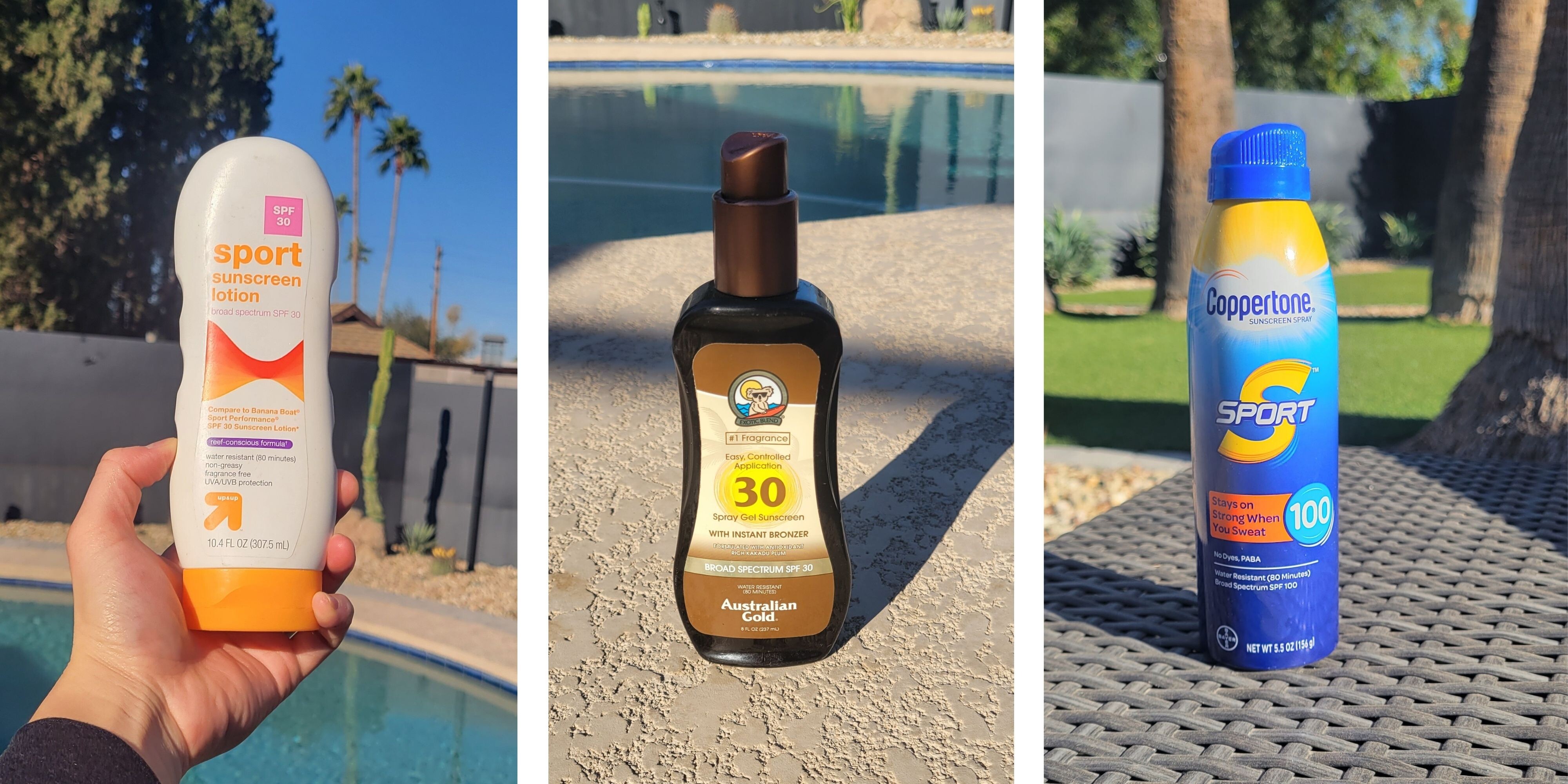Table of Contents • Note: some sections may only be available to Premium or Unlimited Members.
- Introduction
- To what extent do people use sunscreen?
- How does sunscreen work?
- What is the sun protection factor (SPF)?
- Misconceptions about SPF
- Should I wear sunscreen stronger than 50 SPF?
- How safe are sunscreen ingredients?
- Table 1: Proposed Categories for Sunscreens (FDA)
- Other Adverse Effects of Sunscreens
- Are mineral sunscreens effective?
- What are the “Best” Sunscreens?
- What about “natural” sunscreen products?
- What is UPF clothing?
- Sun Protection Best Practices for Backpackers
- References
- Related Content
Introduction
Sunscreen for hiking and backpacking tends to take a back seat to other (more prominent) types of outdoor gear. While sunscreen use is prevalent in our society, there are basic facts about sunscreen that may not be known by the general public. The purpose of this article is to provide information to enable users to safely and effectively use sunscreen while adventuring.
As a long-time hiker and backpacker, I’ve grown wary of the harmful effects of ultraviolet light. Our adventures often take us to places with generous sun exposure. Higher altitudes mean less atmosphere to run interference on those UV rays hitting your skin, and locations with water and snow increase your exposure due to the amount of reflection from their surfaces. As a pharmacist and academic, I was deeply curious to understand how sunscreens work, learn about the safety and efficacy data behind their active ingredients, and understand the recommendations for their use.
This research review is the outcome of a deep dive into several academic papers surrounding the issue. In addition, I will close with a summary of what I believe are best practices that backpackers can follow to sufficiently and safely protect themselves from the sun. I hope this review provides some insight into how to choose and use sunscreen for hiking and backpacking.
To what extent do people use sunscreen?
When applying sunscreen for hiking, most users probably err on the side of not applying enough, or often enough.
My zealous application of sunscreen seems to make me an outlier: one survey conducted among thousands of US adults showed that a mere 14.3% of male respondents regularly used sunscreen on the face and other exposed skin. Women had about twice the rate of use, at 29.9%. Men have room to grow in this practice – over 40% stated that they never used sunscreen on the face or skin (again, compared to women at approximately 27%)1.
When looking at facial application, about 27% of respondents stated they were using sunscreen with SPF 50 or higher.

How does sunscreen work?
Sunscreens use organic and inorganic molecules to prevent ultraviolet radiation from reaching the skin. Their mechanisms of action fall into two general categories: physical filters and chemical filters.
Physical filters work by scattering ultraviolet radiation and providing a physical barrier covering the skin, as shown here and here.2,3
On the other hand, chemical filters operate by absorbing short-wavelength ultraviolet radiation and converting them into thermal energy.
Some sunscreens contain both types of filters.

What is the sun protection factor (SPF)?
Ultraviolet radiation is often then categorized by wavelength, the most frequently referenced wavelengths being UVA1 (300-400 nm), UVA2 (315-340 nm), and UVB (280-315 nm).3
Approximately 95% of the ultraviolet radiation that reaches the earth’s surface is UVA. 5% is UVB. Thanks to the ozone layer, about 90% of UVB never even reaches us.3,4
While UVA tends to be constant throughout the day, UVB has a peak, typically around midday. UVA penetrates deeper into the skin and causes more photoaging and carcinogenesis, while UVB is less deeply absorbed and has a greater impact on tanning and sunburn.3
UVB filtration is important because UVB is responsible for most biological effects such as sunburn, pigmentation, synthesis of vitamin D3, and cancer formation. When considering SPF protection from UVB, SPF 15 filters 93% of UVB rays, SPF 30 filters 97%, and SPF 50 filters 98%. 2 Sunscreens that also protect against ultraviolet radiation in the longer wavelength UVA spectrum are termed “broad-spectrum.”
Misconceptions about SPF
A common misconception is that the sun protection factor (SPF) is multiplicative. In other words, SPF 30 is not twice as strong as SPF 15.5
Another misconception is that SPF correlates to the amount of time exposed to the sun. For example, “if it takes you 10 minutes to burn without sunscreen, then using a sunscreen with SPF 15 means it takes you 15 times longer to burn, or 150 minutes” is a misleading and incomplete statement.
The FDA clarifies that SPF is more related to the amount of solar exposure rather than solar exposure, impacted by factors such as the time of day, skin type, altitude, global location, and the amount and frequency of sunscreen that is applied. In other words, according to the FDA, “SPF does not inform consumers about the time that can be spent in the sun without getting sunburn. Rather, SPF is a relative measure of the amount of sunburn protection provided by sunscreens.”6

Should I wear sunscreen stronger than 50 SPF?
Is there an SPF above which you start getting diminishing returns?
Member Exclusive
A Premium or Unlimited Membership* is required to view the rest of this article.
* A Basic Membership is required to view Member Q&A events




Home › Forums › Sunscreen for Hiking and Backpacking: Efficacy, Ingredient Safety, and Best Practices